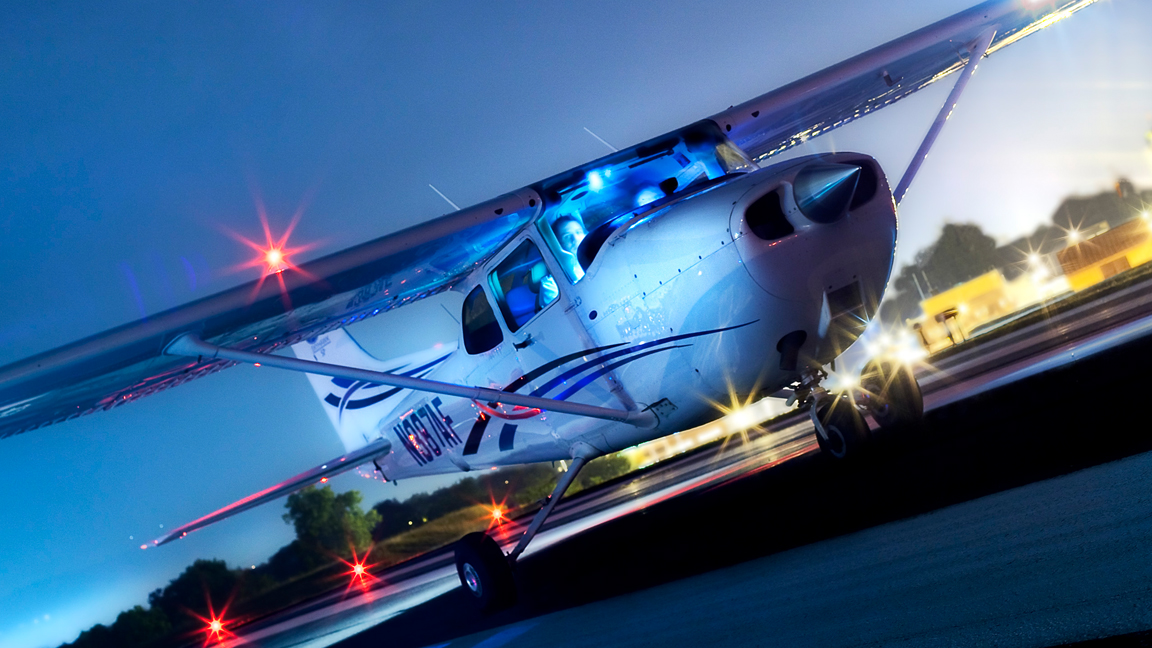Winter operations
Keeping the lights on and the lines painted
Rain and snow—and sand and salt—can wreak havoc on winter airport operations. As pilots, we not only need to stay out of FAA jail, but we also need to help each other out. With winter weather and shorter days, this is the time of year when it seems to become glaringly obvious how much attention needs to be paid to lights and lines.

The yellow taxi lines we use to navigate around an airport without hitting anything (or anyone) are critical to our safety. Unfortunately, these lines are often compromised by the very act of taxiing. Rubber from tires, dirt, oil, grease, and countless other substances get on the lines, making them difficult to see. At night, it’s even worse. There are some airports I dread going to at night because the lines are so faint. Some have patches of missing paint. The closer you are to a building or runway, the more critical it is to have visible taxi lines.
One of the challenges with taxi lines is that so many folks imagine they are being viewed from the flight deck of a larger airplane, like a Boeing 757 or 777. In reality, most airplanes are pretty low to the ground, and the pilots aren’t much higher than the driver of a semitruck. The forward visibility to the ground just isn’t all that great.
Lights are another problematic area. Taxi signs, ramp signs, distance remaining signs—we depend on all of these. As LEDs begin to replace legacy systems, burned out bulbs are less of an issue, but they still happen. Lights can also be broken by flying debris kicked up by an engine. And as pilots, we have an obligation to make sure that the lights on our airplanes are working as hard as we are. Not only do they prevent us from having a runway or taxiway excursion, but they also make us visible to other traffic on the ground.
If you see that certain markings and/or lights are not up to snuff, especially in low light or low visibility conditions, say something. At a towered field, you can tell the ground or tower controller, and they can pass it on. At an nontowered field, find out whom to contact and call or email to let them know. Emphasize that night operations are hard enough, but rainy or snowy conditions make them even more hazardous. At the very least, inoperative lights should be a part of the notams for the airport or a part of the ATIS.
Airports and fellow pilots need to help each other, so let’s all do our part.


